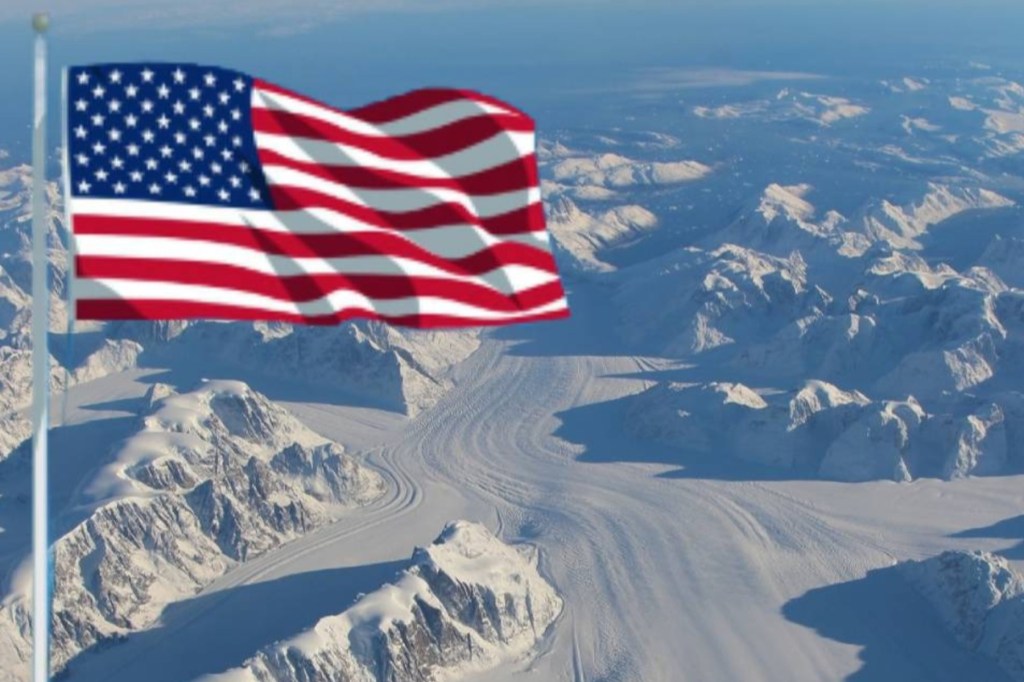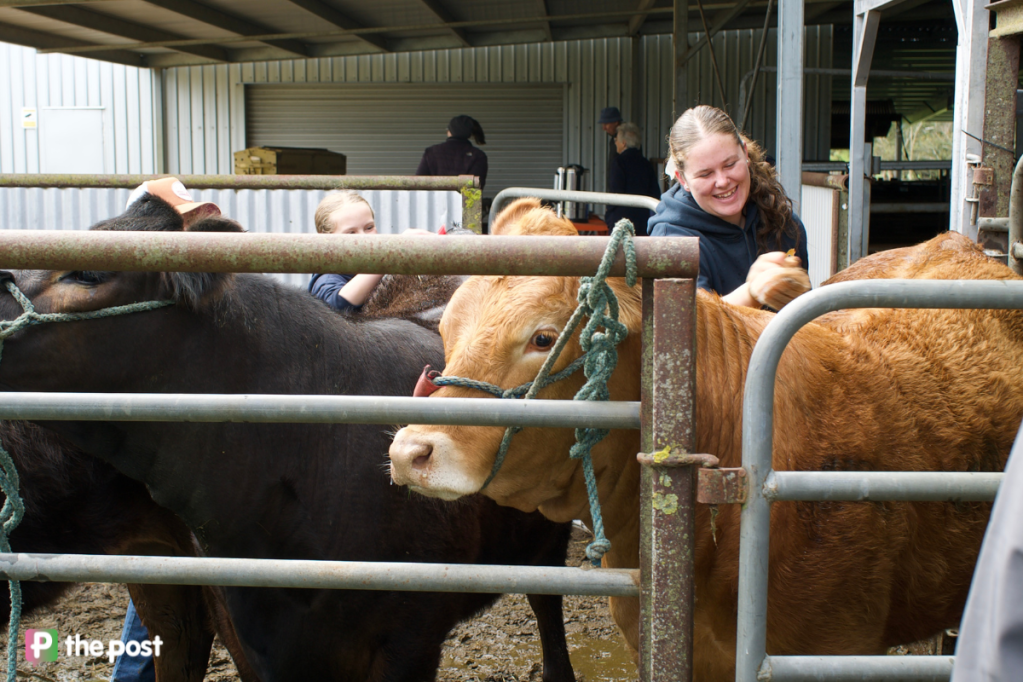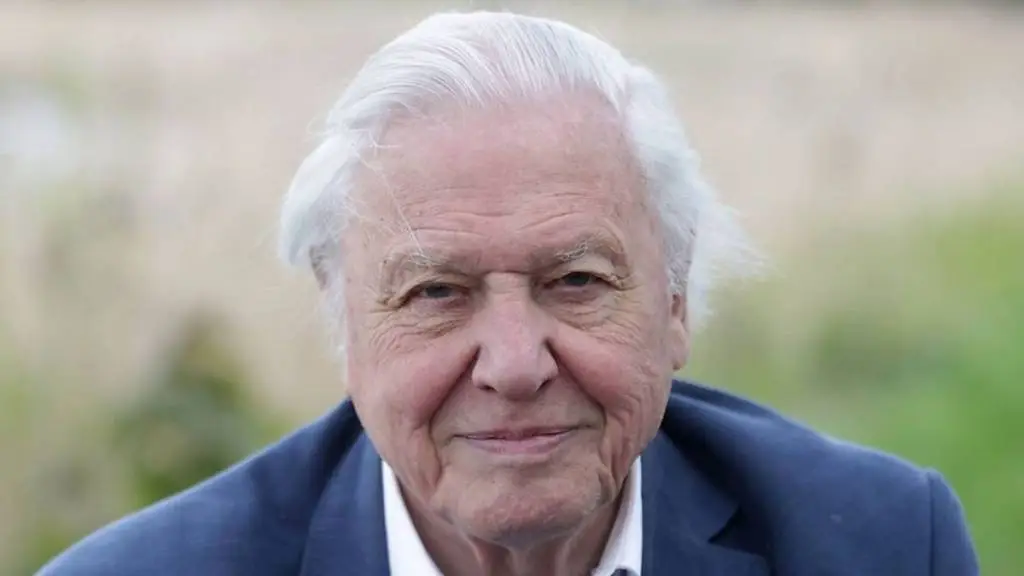Trump is not the first US president to want Greenland – could his proposal actually happen?

Donald Trump has revived calls made in his first presidency for the US to buy the icy and sparsely populated Danish protectorate of Greenland.
After calling the absorption of Greenland “an absolute necessity”, in a post on his Truth Social platform in December, Trump this week refused to rule out “military or economic coercion” to gain the territory.
These comments came as his son, Donald Trump jr, arrived in Greenland on Trump Force One, saying he was there as a tourist.
“We’ve been talking about going for a while,” he said while walking into the airport in the capital Nuuk.
Trump jr said his father “says hello to everyone in Greenland”.
So why is the incoming US president determined to take over this arctic island and could it actually happen?
Why Greenland?
Greenland is the world’s largest island and home to little more than 56,000 people.
The former Danish colony, now an Inuet-led autonomous territory under the protection of Denmark, occupies an important strategic position between the United States and Europe.
You might like
Greenland’s capital city Nuuk is closer to New York than it is to Denmark’s capital Copenhagen.
The US already has a presence on Greenland via the Pituffik Space Base (formerly the Thule Air Base), while Russia also sees the region as strategic.
The territory is also rich with natural resources, including rare earth minerals, and occupies a strategic location for trade.
Trump’s idea is not new
Trump first mooted the idea of purchasing Greenland in 2019 during his first term as president.
But Greenland has long been in the sights of the US and Trump is not the first US president to float the idea of buying the island.
When President Andrew Johnson bought Alaska in 1867, he also considered purchasing Greenland.
President Woodrow Wilson attempted to again buy Greenland in 1917, at a time when Britain and Canada were also interested in the territory.
At the end of WWII, the US Truman administration reportedly offered Denmark $100 million for the island.
None of the offers came to fruition, obviously, but a 1951 defence treaty secured the Pituffik air base for the US on the island’s north-west. The base, located midway between Moscow and New York, is equipped with a missile warning system.
Economic opportunities
Stay informed, daily
Greenland is home to rich deposits of natural resources, including oil, gas and rare earth metals in high demand for electric cars, wind turbines and other renewable energies.
Global rare earth production is dominated by China, which has previously threatened to restrict the export of minerals and associated technologies, ahead of Trump’s second term.
“There is no question at all that Trump and his advisers are very concerned about the stranglehold that China appears to have,” Klaus Dodds, professor of geopolitics at University of London, told CNN this week.
As climate change results in melting ice sheets and rising Arctic temperatures, many believe this also offers economic opportunities for Greenland.
The reduction in ice has expanded Arctic shipping routes and has increased the time they can be navigated during the northern hemisphere summer.
Arctic shipping rose 37 per cent between 2014 and 2024, according to the Arctic Council.
There is also the possibility that melting ice could make Greenland’s natural resources easier to access.
Could it happen?
When Trump renewed his calls for the US to acquire Greenland in December, Greenland Prime Minister Múte Egede’s response was emphatic.
“We are not for sale and will never be for sale. We must not lose our years-long struggle for freedom,” Egede wrote in a Facebook post.
Deakin University’s Professor Andrew Scott, who focuses on Nordic affairs, said the official position of Greenland was independence from Denmark.
“It’s hard to believe that Greenland, having got to the situation of seeking and closely gaining independence from Denmark, will then transfer a new dependence to the United States of America,” Scott told the ABC on Wednesday.
“I don’t think any country in Europe is going to welcome this kind of proposal,” he added.
Dodds, however, said while a purchase appeared unlikely, Trump’s rhetoric was panicking Denmark.

The new royal coat of arms gives greater prominence to the Greenland polar bear. Photo: Kongehuset.dk
In December, Denmark announced a major increase in military spending for Greenland. Then, this week, the Danish royal family launched a redesigned royal coat of arms that gave greater prominence to the polar bear that symbolises Greenland.
Greenland has been looking to boost its independence by diversifying its economy away from fishing but still relies on a roughly US$500 million ($800 million) annual grant from Denmark.
Dodds said this annual grant raised an intriguing question.
“What would Greenland do if Trump offered, say, US$1 billion ($1.6 billion) a year to have a different kind of association?” he said.









